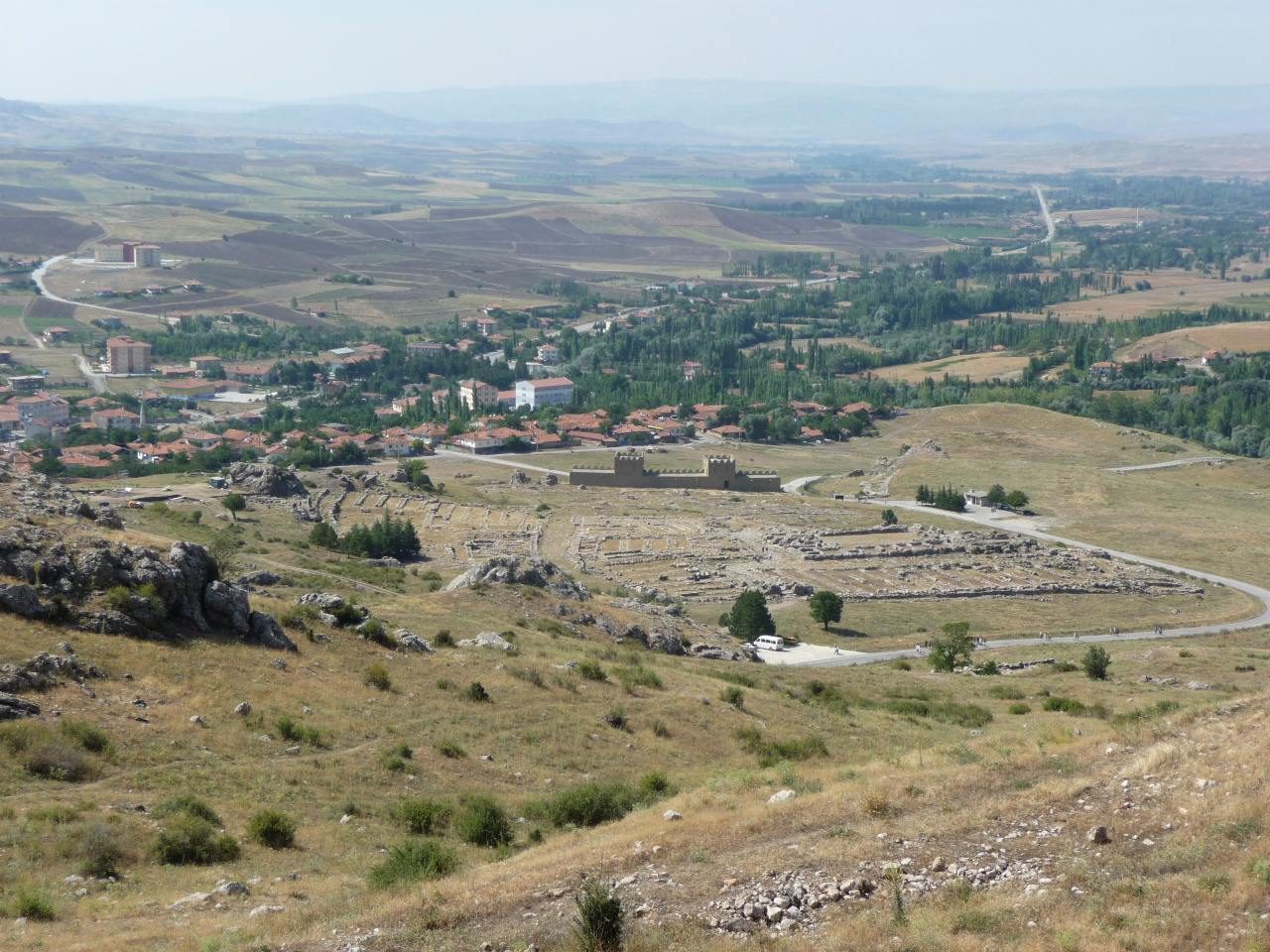SUMMARY
This is AI generated summarization, which may have errors. For context, always refer to the full article.

WASHINGTON, DC, USA – Around 1200 BC, human civilization experienced a harrowing setback with the near-simultaneous demise or diminishment of several important empires in the Middle East and eastern Mediterranean region – an event called the Bronze Age collapse.
One of the mightiest to perish was the Hittite empire, centered in modern Turkey and spanning parts of Syria and Iraq. Researchers on Wednesday, February 8, offered new insight into the Hittite collapse, with an examination of trees alive at the time showing three consecutive years of severe drought that may have caused crop failures, famine and political-societal disintegration.
The Hittites, with their capital Hattusa situated in central Anatolia, were one of the ancient world’s great powers across five centuries. They became the main geopolitical rivals of ancient Egypt during its glittering New Kingdom period.
“In pre-modern times, with none of our infrastructure and technology, the Hittites controlled and ruled a huge region for centuries despite myriad challenges of space, threats from neighbors and entities incorporated into their empire, and despite being centered in a semi-arid region,” said Cornell University professor of arts and sciences in classics Sturt Manning, lead author of the research published in the journal Nature.
Scholars long have pondered what triggered the fall of the Hittites and broader collapse that also devastated kingdoms in Greece, Crete and the Middle East while weakening the Egyptians. Hypotheses have included war, invasion and climate change. The new study offers some clarity about the Hittites.
The researchers examined long-lived juniper trees that grew in the region at the time and eventually were harvested to build a wooden structure southwest of Ankara around 748 BC that may have been the burial chamber for a relative of Phrygia’s King Midas, who legend holds turned anything he touched into gold.
The trees offered a regional paleoclimatic record in two ways: patterns of annual tree-ring growth, with narrow rings indicating dry conditions; and the ratio of two forms, or isotopes, of carbon in the rings, revealing the tree’s response to water availability.
They detected a gradual shift to drier conditions from the 13th century BC into the 12th century BC. More importantly, both lines of evidence indicated three straight years of severe drought, in 1198, 1197 and 1196 BC, coinciding with the known timing of the empire’s dissolution.
“There was likely near-complete crop failure for three consecutive years. The people most likely had food stores that would get them through a single year of drought. But when hit with three consecutive years, there was no food to sustain them,” University of Georgia anthropology professor and study co-author Brita Lorentzen said.
“This would have led to a collapse of the tax base, mass desertion of the large Hittite military and likely a mass movement of people seeking survival. The Hittites were also challenged by not having a port or other easy avenues to move food into the area,” Lorentzen added.
Hattusa, enclosed by a monumental stone wall with gates adorned with lions and sphinxes, was burned and abandoned. Texts written on clay tablets using the cuneiform script common in the region – detailing Hittite society, politics, religion, economics and foreign affairs – went silent.
It was a sudden end. Less than a century earlier, the Hittites under king Muwatalli II and the Egyptians under pharaoh Rameses II fought the famous and inconclusive Battle of Kadesh in 1274 BC – waged with thousands of chariots in Syria – and subsequently reached history’s first recorded peace treaty.
“I think this study really shows the lessons we can learn from history. The climate changes that are likely to occur for us in the next century will be much more severe than those the Hittites experienced,” Cornell professor of ecology and evolutionary biology and study co-author Jed Sparks said. “And it begs the questions: What is our resilience? How much can we withstand?” – Rappler.com
Add a comment
How does this make you feel?
There are no comments yet. Add your comment to start the conversation.